Acupuncture for Swimmer’s Injuries: Supporting Recovery and Enhancing Performance
Photo by Thales Araujo from Pexels
Nothing says summer like swimming in the ocean or pool. There’s nothing like diving into the waves or doing laps in an outdoor pool in the heat of summer. While swimming is low-impact, it can still be a physically demanding sport that requires repetitive motion, strength, endurance, and flexibility. While it's often recommended for people recovering from injury due to its joint-friendly nature, swimmers are not immune to overuse injuries—especially in the shoulders, neck, lower back, and knees.
COMMON SWIMMING INJURIES
The most frequent injuries in swimmers are the result of overuse rather than acute trauma. These include:
Swimmer’s Shoulder: Rotator cuff tendinopathy, impingement syndrome, or biceps tendonitis caused by repeated overhead motion.
Neck and Upper Back Strain: From breathing technique or poor posture during strokes.
Lower Back Pain: Especially common with butterfly and breaststroke due to hyperextension.
Knee Pain (Breaststroker’s Knee): Medial knee strain from repetitive whip kick motion.
Hip Flexor or Groin Strain: Often seen with improper kicking.
HOW ACUPUNCTURE HELPS WITH SWIMMING INJURIES
1. Reduce Pain and Inflammation
Acupuncture stimulates the release of endorphins and other natural anti-inflammatory substances, offering effective relief for tendonitis, bursitis, and muscular strain common in swimmers.
2. Improve Range of Motion
By relaxing tight muscles and fascia and reducing localized swelling, acupuncture can help restore mobility in affected joints—especially the shoulder, neck, and hips.
3. Speed Up Healing
Increased blood circulation to injured tissues accelerates healing and supports muscle regeneration. This is particularly beneficial for soft tissue injuries such as strains or tears.
4. Address Muscle Imbalances
Swimmers often develop imbalances between opposing muscle groups. Electro-Acupuncture helps release tension in overused areas and improve neuromuscular function, supporting overall biomechanics, especially when certain muscles are inhibited or overstrained.
5. Calm the Nervous System
Beyond physical healing, acupuncture calms the autonomic nervous system, which helps swimmers manage stress, improve sleep, and enhance recovery post-training or competition.
SCIENTIFIC SUPPORT FOR ACUPUNCTURE IN SPORTS RECOVERY
Research continues to highlight acupuncture’s effectiveness for sports-related injuries:
A study published in the Clinical Journal of Sports Medicine (2017) concluded that acupuncture significantly reduced pain and improved function in athletes with shoulder impingement.
A systematic review in Evidence-Based Complementary and Alternative Medicine (2021) noted acupuncture’s benefits for musculoskeletal pain, range of motion, and soft tissue recovery.
Electroacupuncture (a method combining acupuncture with gentle electrical stimulation) has shown promise in enhancing tissue healing and reducing pain for tendinopathies and joint conditions.
A TCM PERSPECTIVE
In Traditional Chinese Medicine, swimming injuries are often categorized as "bi syndrome," which refers to pain and stiffness caused by the obstruction of qi and blood. Acupuncture restores proper flow, removes stagnation, and brings balance back to the affected meridians. Practitioners may also use complementary techniques like:
Cupping therapy: To loosen fascia and improve circulation
Moxibustion: To warm the meridians and relieve cold-induced pain
Gua Sha: To relieve tension and promote tissue detoxification
WHAT SWIMMERS CAN EXPECT IN TREATMENT
Treatment is customized based on the nature and severity of the injury. A session may include:
Local and distal acupuncture points (e.g., LI15, SI9, GB21 for shoulder pain)
Gentle cupping or tui na massage post-needling
Electroacupuncture for tendonitis or nerve-related discomfort
Lifestyle recommendations (stretching, rest, hydration, and sleep)
Depending on the condition, patients may benefit from 1–2 treatments per week initially, tapering as healing progresses.
PREVENTING RE-INJURY
Acupuncture isn't only about treatment—it’s also a powerful preventive tool. Regular sessions can:
Reduce muscle tightness after intense training
Balance energy and improve endurance
Strengthen the immune system
Promote mental focus and calm before competitions
Whether you're a competitive swimmer or swim recreationally for fitness, acupuncture offers an effective, holistic approach to treating and preventing swimming-related injuries. By reducing pain, enhancing mobility, and supporting the body's natural healing mechanisms, acupuncture keeps swimmers in the pool—and out of the doctor’s office.

